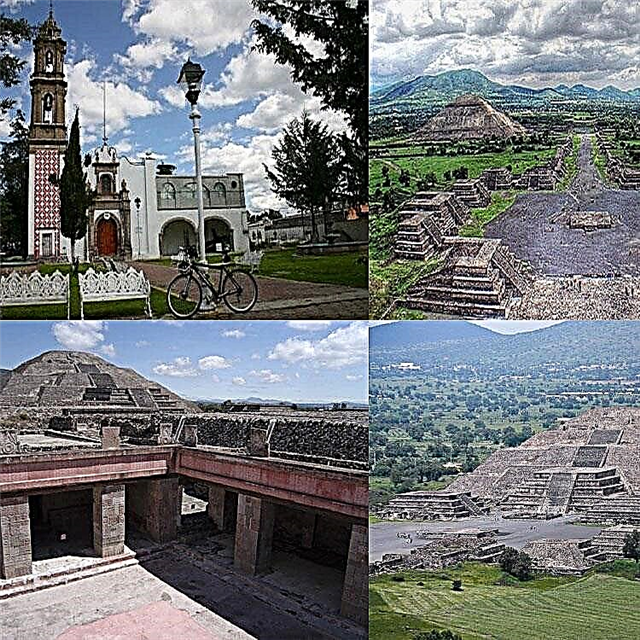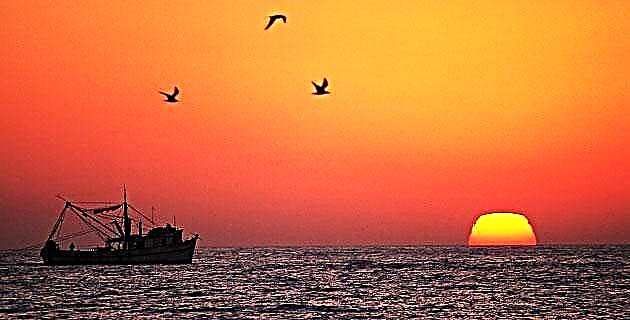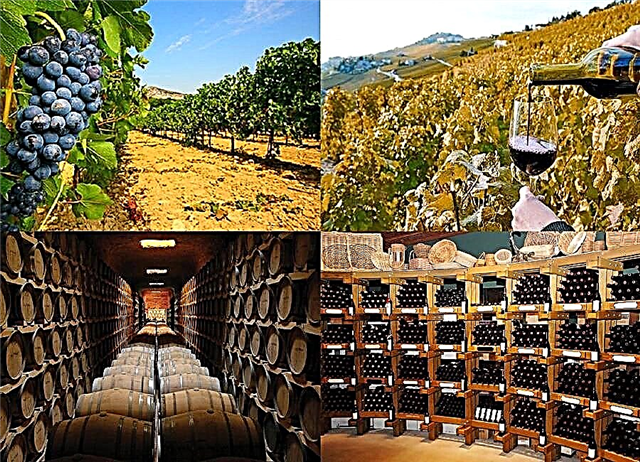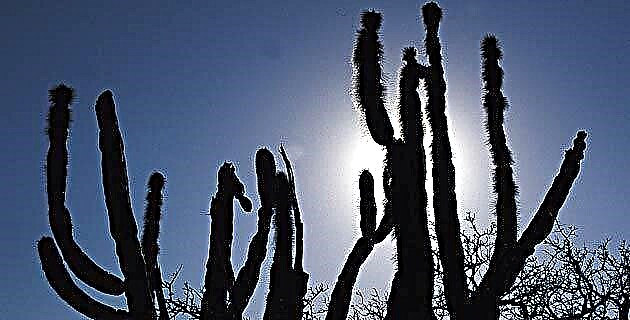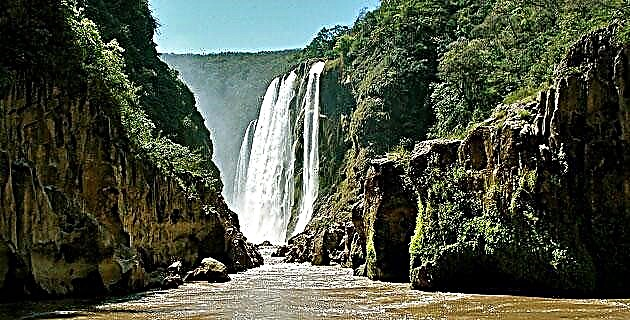
When we think of Mexican landscapes, the first thing that comes to mind are beaches, pyramids, colonial cities, desert. In the Huasteca potosina we discovered a treasure between jungles and crystal clear waters.
Few know the Huasteca in depth, a land to discover for the Mexican and foreign traveler. It covers part of the states of Veracruz, San Luis Potosí and Puebla, and is completely different from the rest of the country because it does not wait for the rainy season, in the Huasteca mountains it rains regularly all year, so it is always green and covered by a jungle vegetation.
For the same reason, here we find the highest concentration of rivers and streams in the country; Each little town, each corner is crossed by two or three mountain rivers with crystal clear and fresh waters, and this is experienced as a miracle of abundance in this Mexico, often thirsty and dry riverbeds.
From the desert to the evergreen paradise
From the desert landscape of the central highlands we traveled north. We go in search of the aquatic paradises that we hear so much about. La Huasteca hides so many natural wonders that it is an extraordinary and still unspoiled target for many activities. Some adventure tourism companies are beginning to explore the possibilities of this region: rafting and kayaking, rappelling in canyons, spelunking, exploring underground rivers, caves and basements, some world famous as the Sótano de las Golondrinas.
To shape the dream
After learning a bit, we decided on an expedition upriver to the Tamul Waterfall, nothing less than the most spectacular waterfall in Mexico. It is formed by the Gallinas River, with green and flowing waters, which falls from a height of 105 meters over the Santa María River, which runs at the bottom of a narrow and deep canyon with reddish walls. At its peak, the fall can reach up to 300 meters wide.
The violent meeting of the two rivers gives rise to a third, the Tampaón, with incredibly turquoise waters, where the most beautiful rafting runs in the country are practiced, according to experts.
In search of the captain
We entered the state of San Luis Potosí, on the road to Ciudad Valles. The plan was to reach the town of La Morena, a few hours inland after a detour on a dirt road.
The valley between the mountains is a cattle area, quite rich. On the way we met several men on horseback dressed as befits their art: leather boots, a riding crop, a pressed wool hat, beautiful leather and metal saddles, and an elegant gait that tells us about well-learned horses. At La Morena we asked who could take us to the Tamul waterfall. They pointed us to Julián's house. In five minutes we negotiate a canoe trip upriver to the waterfall, an excursion that will take us all day. We would be accompanied by his 11-year-old son, Miguel.
The beginning of the adventure
The canoe was long, wooden, well balanced, equipped with wooden oars; we advanced along the wide part of the river towards the canyon. For the moment the current against it is smooth; later, when the channel narrows, moving forward would become harder, although from October to May it is perfectly feasible (afterwards the river grows too high).
We entered the canyon with our small boat. The scenery is spectacular. As at this time of year the river is low, several meters from the edge are exposed: limestone formations of an orange tint that the river carved year after year with the force of its waters. Above us the canyon walls stretch to the sky. Immersed in a surreal landscape we moved on a turquoise river between concave walls, gently hollowed out in pink caves where ferns of an almost fluorescent green grow; we advance between islets of rounded stone, worked by the current, with globular, twisted, vegetal contours. "The river bed changes every season," said Julián, and indeed we had the impression of moving through the veins of a gigantic organism.
The refreshing and healing encounter
These sediment-filled waters reproduced their own flow in the stone, and now the bed itself looks like a stream of petrified water, with the traces of eddies, jumps, rapids… lines of force. Julian pointed to an inlet to the river, a tiny cove between rocks and ferns. We climb the canoe to a stone and disembark. From a hole springs a spring of pure underground water, medicinal as they say. We drank a few drinks on the spot, filled the bottles, and went back to rowing.
Every so often we would take turns rowing. Imperceptibly the current increased. The river moves at sharp angles, and each bend is the surprise of a new landscape. Although we were still far away, we heard a distant noise, a constant thunder through the jungle and the canyon.
An unforgettable rodeo
At this time in the afternoon we were hot. Julián said: “Over here in the mountains there are many caves and caves. Some of us don't know where they end. Others are full of pure water, they are natural springs ”. Are there any nearby? "Yes". Without thinking much about it, we suggested that he take a break to visit one of these magical places. "I'm taking them to the Cueva del Agua", said Julián, and Miguel was happy, infecting us with his joy. It sounded very promising.
We stopped where a torrent flows up from the mountain. We moor the canoe and begin to climb a fairly steep path that goes up the course of the torrent. After 40 minutes we arrived at the birth: an open mouth on the face of the mountain; inside, a wide black space. We peered into this “portal”, and when our eyes got used to the gloom, an extraordinary place was revealed: a monumental cavern, almost like a church, with a domed ceiling; some stalactites, gray and gold stone walls in the shade. And all this space is filled with water of an impossible sapphire blue, a liquid that seemed illuminated from within, which comes from an underground spring. The bottom appeared to be quite deep. There is no "edge" in this "pool", to enter the cavern you have to jump straight into the water. When we were swimming, we noticed the subtle patterns that sunlight creates on the stone and in the water. A truly unforgettable experience.
Tamul in sight!
When we resumed the "march" we entered the most complicated stage, because there were some rapids that had to be overcome. If the current became too strong to paddle, we should get off and drag the canoe upstream from the shore. Already the sound of thunder seemed at hand. After a round of the river, finally: the Tamul waterfall. From the upper rim of the canyon plunged a towering body of white water, filling the entire width of the gorge. We couldn't get too close, because of the power of the water. In front of the gigantic jump, the "roller" that forms the fall dug, through centuries, a rounded amphitheater, as wide as the waterfall. Lying on a rock in the middle of the waters we had a snack. We brought bread, cheese, some fruits; a delicious feast to conclude a formidable adventure. The return, with the current in favor, was fast and relaxed.

